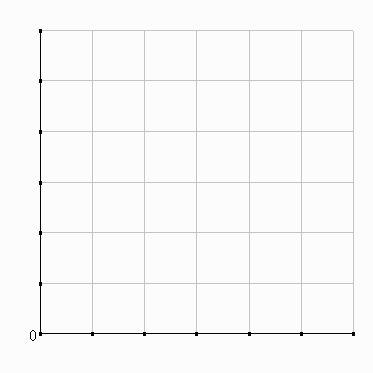IV. The macroeconomy
B. Aggregate demand (AD) and aggregate supply (AS)
We have now laid out our key
concerns at the macroeconomic level:
Output
Unemployment
Inflation
What we want to turn to now are
i. The underlying causes of business cycles, unemployment and
inflation
ii. What policies, if any, we can make use of to remedy these
problems.
To do these things, we want to
construct a simple model of how the macroeconomy works.
--a basic macroeconomic
equilibrium
Micro looks at individual markets
such as movies, apples, shirts
Plots Ps and Qs
Macro looks at entire national economy
What analog to S & D can we
come up with at the macro level?
How can we aggregate individual markets to get D & S for the
economy's entire output?
With aggregate demand and
aggregate supply curves
| Basic geometry
The axes
Y: real output (real GDP)
P: price level: GDP deflator
AD: a curve showing how much national output
buyers want to purchase in a particular year at various price levels.
= TPS: total planned spending on domestic output |
 |
| |
|
SRAS
(short-run AS): a curve showing how much national output sellers want to produce in a
particular year at various prices
= Total current production (Equilibrium)
Year:
________
NGDP = ________
Y = RGDP = ________
P = ________
We add a
reference line to show the economy's potential output:
LRAS (long-run
AS): a vertical line showing the economy's full employment output (Yf): the level of
output which could be achieved if the economy's resources were fully employed and
efficiently used
=> economy on its PPF (data
for estimated potential GDP)
Yf
= ________
U = ________
1. Aggregate
demand (AD)
Learning objectives: Define the
components of Aggregate Demand (AD). Explain why AD slopes down. Distinguish
between movements along versus shifts of AD.
The main concern of those worried
about economic stabilization is
what causes AD to shift around
To get a handle on that, we have to first get a grip on what goes
into aggregate demand
Concerns now:
Who buys domestic output?
Who receives domestic income?
a. The
components of AD
Households:
Consumption (C)
also: Investment in housing
Firms: planned
Investment (I)
Plant and equipment
Planned inventory investment
Government:
makes purchases (G)
Excludess: transfers: social security, welfare
Includes: defense, highways, education
Foreigners:
Exports (X) -- adds to AD
Imports (M)--reduces AD
Combined: AD =
C + I + G + (X-M)
| |
1973 |
Year: ________ |
| Year: |
Share (%) |
NomVal ($Tr) |
Share (%) |
| C |
62% |
|
|
| I |
17 |
|
|
| G |
21 |
|
|
| X |
7 |
|
|
| -M |
-7 |
|
|
GDP |
100.0% |
|
100% |
True or false:
- Since 1973, consumers have become
increasingly squeezed by big government.
- Since 1973, the US has cut back on
investments for the future.
- Since 1973, the US has become more
globalized.
Since 1973, consumption as a share of
GDP has increased 9%. Where has the offsetting decrease come from?
Lower shares for investment and government and
a trade deficit
b. How AD
behaves
(1) Movements
along AD
price level
changes --> move along AD
AD itself does not shift
AD
slopes down, but why?
In a
single
market: +P --> -Qd because of
substitutes.
AD includes all products, so what do we substitute?
=> substitutes cannot explain slope of AD
3 reasons AD slopes down:
|
Reason (1): the
wealth effect: |
|
+P |
--> |
lower value of
the
cash you have |
--> |
lower
real wealth |
--> |
lower spending
on C |
| |
|
|
|
|
|
|
|
